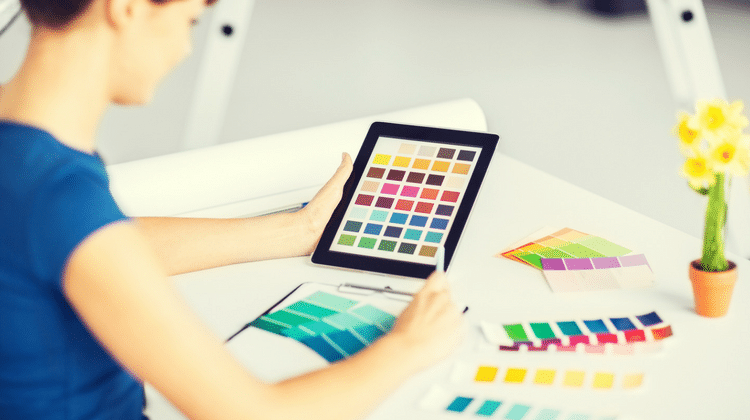
Sponsored by FreelanceMyWay:
Congratulations! You’ve decided to take an exciting step towards becoming a recognizable and trusted brand. Or perhaps you’ve decided your business needs a fresh new image to grab the attention of new clientele in a noisy marketplace. You know that you’ll need a unique logo to stand out from the crowd, but before you hire a freelance designer, consider the following:
Define Brand Identity
What is it that you want to represent to your ideal customer? This requires that you first have a clear idea of who your customers are – what’s your target demographic? Make sure that you can express what it is your brand provides for them simply and clearly. Think of it as your mission statement which will stand your business in good stead as you grow.
Consider what differentiates you from others in your field. Come up with some key words and phrases that communicate the essence of your business. This will not only help focus your energy as an entrepreneur and guide your team but also prove invaluable when it comes to discussing logo concepts with a designer.
Clarify Budget and Timeline
You will need to decide what you can afford to pay a freelancer, keeping in mind that the logo is going to be the face of your business for a long time to come. What’s more, it makes good sense to employ this same designer to help brand the rest of your online platforms so that you have a consistent look and feel across the board.
Once you’ve identified a feasible budget, consider your timeline. Both of these factors will need to be clearly communicated to your designer. You may need to pay a bit more to ensure the quality that you’re hoping for, and be prepared to be patient for the final outcome. There are freelance websites where you can hire someone to create your logo. For example, you might want to take a look at FreelanceMyWay. It has many logo designers on board with samples of their work.
Create a Vision Board
If you have the time or inclination, it may prove valuable creating a Pinterest board where you can collect various logos that appeal to you. It’s a good idea to look at color palette and typography, and come up with a look and feel that represents what you’re trying to communicate. This means you can engage with your designer in a more constructive way and gives them a clear starting point.
Find the Right Designer for You
Now that you’re clear on your vision, finances, and deadline, you’ll need to wade through the many freelancers accessible to you online. Remember that the first options that appear in your searches through job boards like Dribble and 99designs are not necessarily the best fit for your business. Take the time to look through a few pages of options before making a shortlist of candidates.
Look for evidence of a portfolio and customer reviews. Check out the designer’s website and previous work. You’ll no doubt know what you’re looking for when you see it. Trust your instincts in terms of style. The logo will be a visual representation of your business and must feel right to you.
Creative Brainstorm
If possible, an informal conversation should be scheduled with your chosen candidate. This is the time to clarify your creative brief and to hear, or better yet, see some ideas from the freelancer. You want to double check that the designer has a good grasp on what your company represents. This is when you communicate your brand identity succinctly and they provide feedback creatively. In collaboration, you should be pleasantly surprised by the new ideas that emerge.
Keep in mind, it’s good to be flexible and defer to the designer’s expertise, but don’t lose sight of your original concept. Always question the designer’s motivation behind different aesthetic choices, keeping in mind that the logo will need to work in print and online.
Request Samples
Depending on your timeline and budget, you may ask your designer to provide samples of various options, and then discuss their motivation behind the various choices. Remember, the goal of your logo is to effectively market your brand. Always bring it back to this and be wary of a logo that is too fussy or illegible. Discuss ways you could extend the logo across your various platforms. Although a graphic designer is not necessarily a web developer or creative director, it’s important to keep the bigger picture and your long term strategy in mind.
Remember to remain clear on your brand identity, target market, budget, timeline, look, and feel; then have fun collaborating creatively with your freelancer in what could be a mutually beneficial relationship for years to come. Happy hunting.